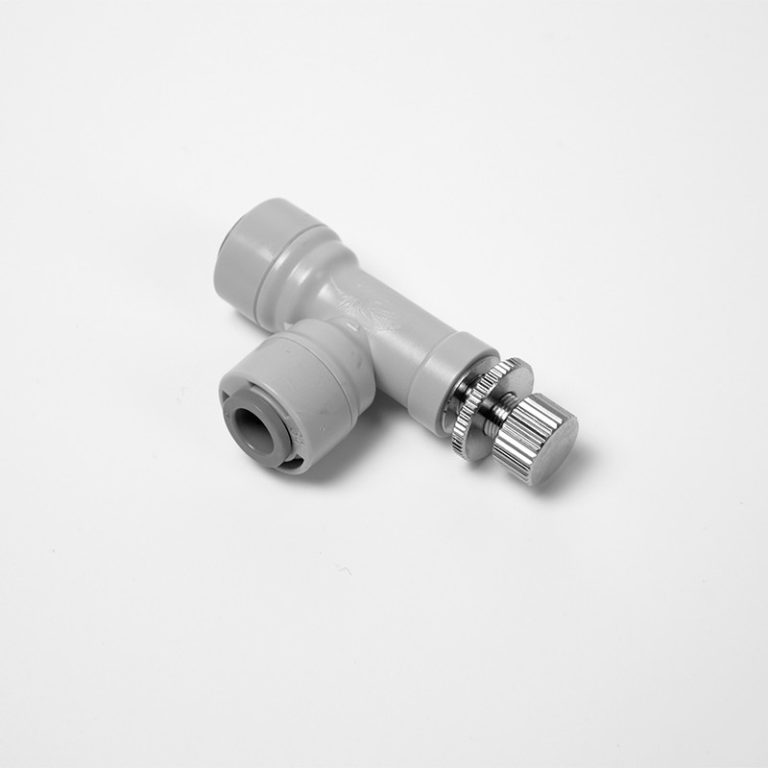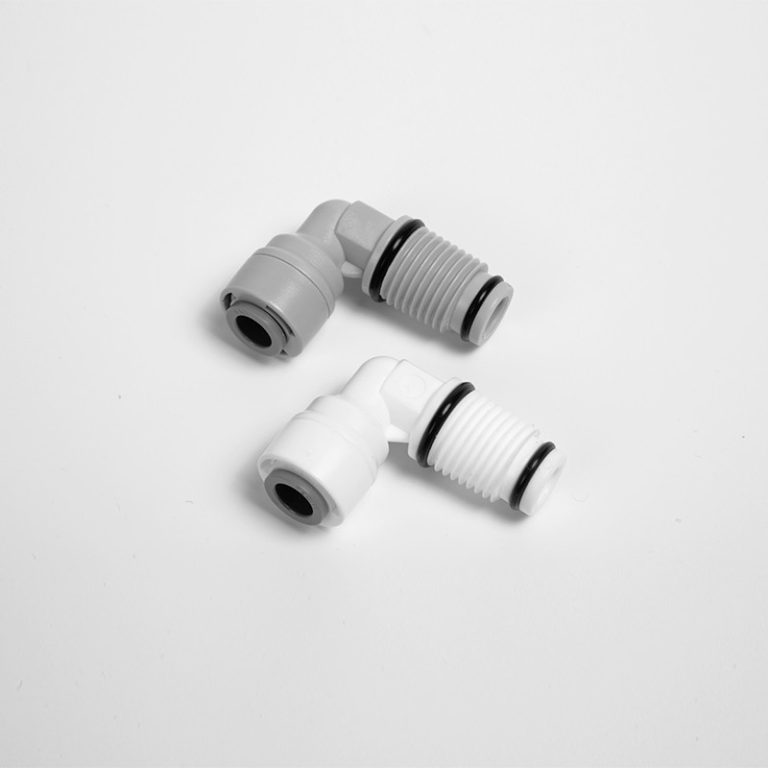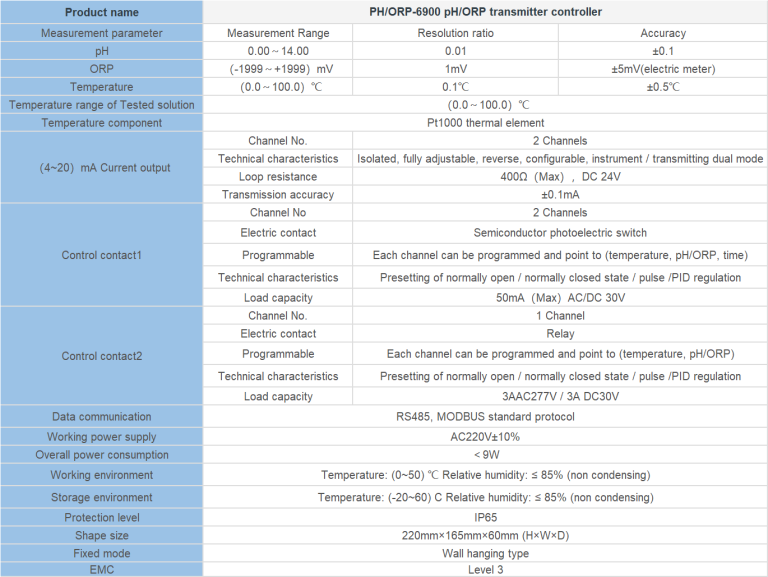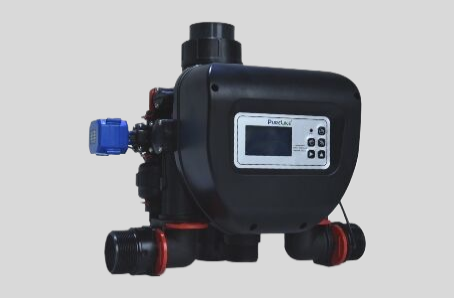A conductivity analyzer: Accurate measurements for efficient processes.
Understanding the Basics of a Conductivity Analyzer
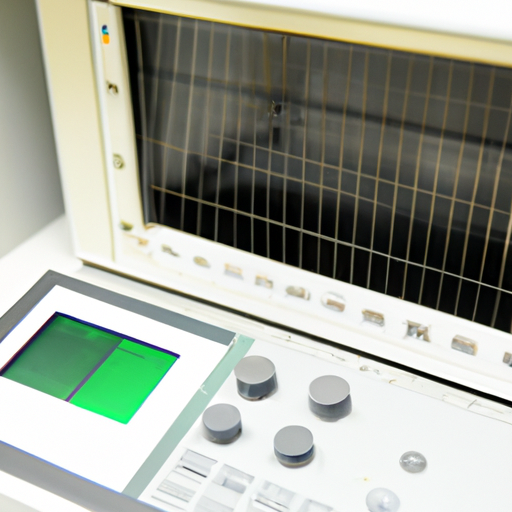
A conductivity analyzer is a device used to measure the electrical conductivity of a solution. It is commonly used in various industries, including water treatment, chemical manufacturing, and pharmaceuticals. Understanding the basics of a conductivity analyzer is essential for anyone working in these fields or anyone interested in learning more about this important instrument.
To begin with, conductivity is a measure of a solution’s ability to conduct an electric current. It is determined by the concentration and mobility of ions present in the solution. The more ions present and the higher their mobility, the higher the conductivity of the solution. Conductivity is typically measured in units of Siemens per centimeter (S/cm) or microsiemens per centimeter (µS/cm).
A conductivity analyzer consists of several key components. The first component is the sensor or probe, which is immersed in the solution being tested. The sensor contains two or four electrodes that come into contact with the solution. These electrodes are typically made of a conductive material such as stainless steel or graphite.
When an electric current is applied to the electrodes, the conductivity of the solution can be measured. The second component of a conductivity analyzer is the transmitter, which receives the electrical signals from the sensor and converts them into a readable format. The transmitter may also include additional features such as a display screen, data logging capabilities, and communication interfaces.
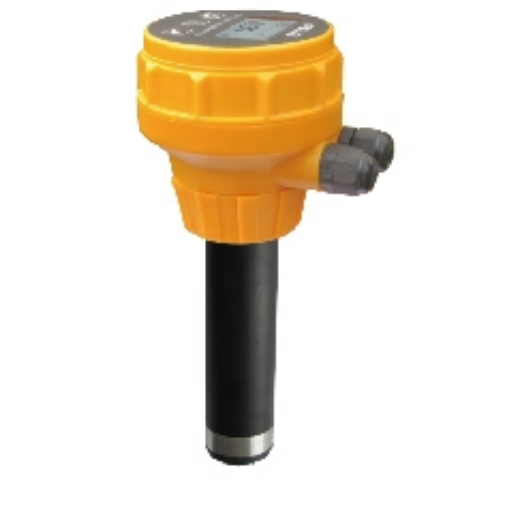
One of the primary uses of a conductivity analyzer is in water treatment processes. In this context, conductivity measurement is crucial for monitoring the quality of water. High conductivity levels may indicate the presence of contaminants or dissolved solids, which can affect the taste, odor, and overall safety of the water. By regularly measuring conductivity, water treatment plants can ensure that their processes are effective in removing impurities and maintaining water quality standards.
| Product Model | DOF-6310 (DOF-6141) |
| Product Name | Dissolved oxygen data collection terminal |
| Measuring Method | Fluorescence Method |
| Measurement range | 0-20mg/L |
| Accuracy | ±0.3mg/L |
| Resolution | 0.01mg/L |
| Response time | 90s |
| Repeatibility | 5%RS |
| Temperature compensation | 0-60.0℃ Accuracy:±0.5℃ |
| Air pressure compensation | 300-1100hPa |
| Stand pressure | 0.3Mpa |
| Communication | RS485 MODBUS-RTU standard protocol |
| Power | DC(9-28)V |
| Power comsuption | <2W |
| Operational envrionment | Temperature:(0-50)℃ |
| Storage Environment | Temperature:(-10-60)℃; Humidity:≤95%RH(None condensation) |
| Installation | Submerged |
| Protection Level | IP68 |
| Weight | 1.5Kg(with 10m cable) |
Conductivity analyzers are also widely used in the chemical manufacturing industry. In this field, conductivity measurement is essential for monitoring the concentration of various chemicals and ensuring the consistency of production processes. By accurately measuring conductivity, manufacturers can control the amount of chemicals added to a solution, preventing over or under-dosing and ensuring the desired product quality.
In the pharmaceutical industry, conductivity analyzers play a crucial role in the production of medications. Conductivity measurement is used to monitor the purity and concentration of pharmaceutical solutions, ensuring that they meet regulatory standards. By maintaining precise control over conductivity, pharmaceutical companies can produce safe and effective medications.
In conclusion, a conductivity analyzer is a vital instrument used to measure the electrical conductivity of a solution. It consists of a sensor or probe that comes into contact with the solution and a transmitter that converts the electrical signals into readable data. Conductivity analyzers are used in various industries, including water treatment, chemical manufacturing, and pharmaceuticals, to monitor the quality and consistency of solutions. By understanding the basics of a conductivity analyzer, professionals in these fields can effectively utilize this instrument to ensure the safety and quality of their products.

